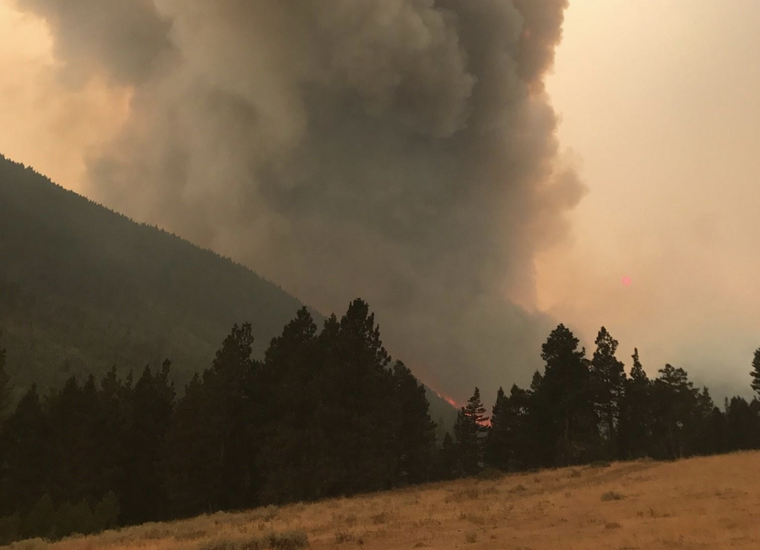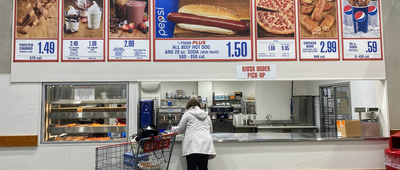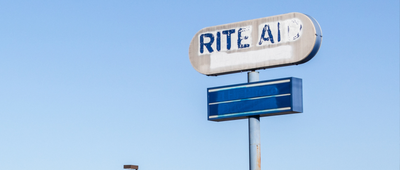Scorched Earth
Over the past few years, millions of acres of land have been destroyed by deadly wildfires, whether manmade or due to weather. Currently, Hawaii is battling the deadliest U.S. wildfire in the past five years. At least 36 people have died, and fire forced many to flee into the ocean to escape the flames. America has a long history of massive blazes, including some that have claimed literally countless lives. Here are 15 of the worst wildfires in U.S. history.
Related: Human Remains, Ancient Ruins, and More Revealed By Climate Change and Drought
























